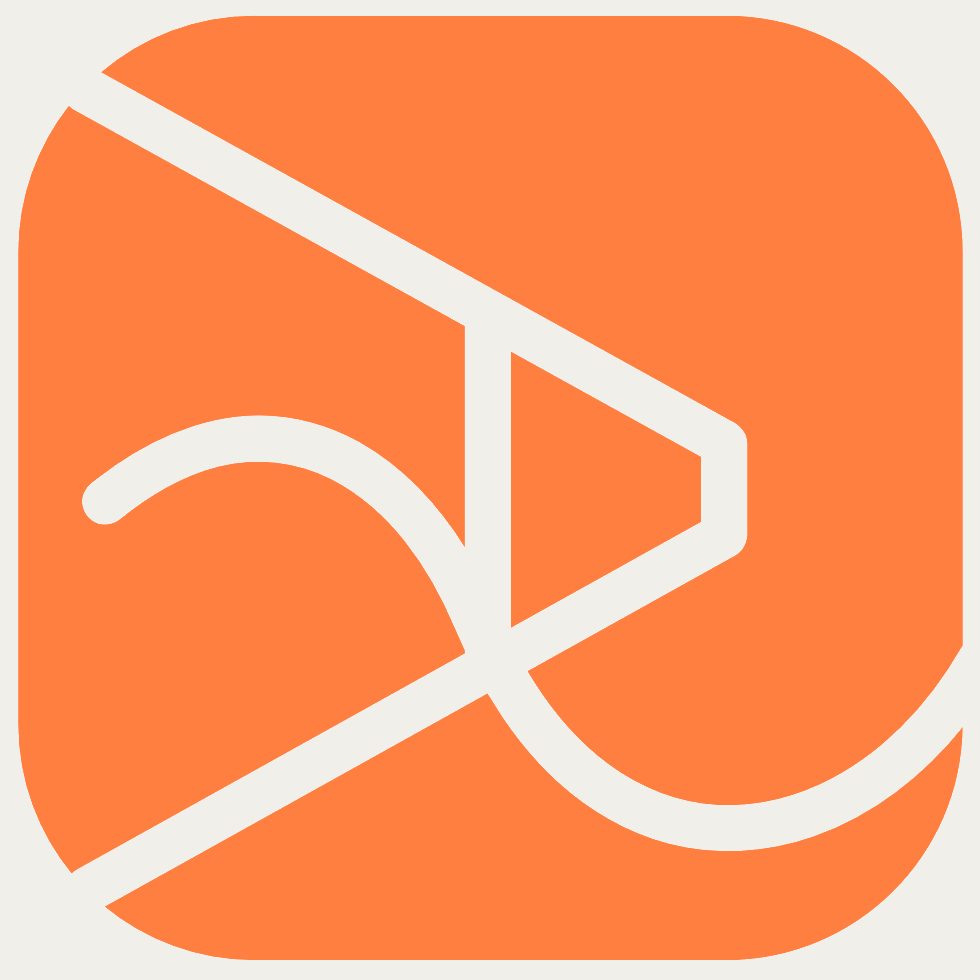Print vs. Digital: Design Considerations for Different Mediums
In the ever-evolving world of graphic design, the choice between print and digital media can be a crucial decision. Each medium comes with its unique set of challenges and opportunities, and as a designer, understanding these differences is essential for creating impactful and effective visuals. In this blog post, we’ll explore the key design considerations for both print and digital mediums to help you make informed choices and produce stunning designs.
- Colour Spaces and Consistency
Print: When designing for print, you must consider the use of CMYK (Cyan, Magenta, Yellow, Key/Black) colour space. It’s important to ensure colour consistency across various print materials, such as business cards, brochures, and posters. Be mindful of colour profiles and ensure you use high-resolution images for sharp and vibrant prints.
Digital: In the digital realm, you work with RGB (Red, Green, Blue) colour space. Screen calibration and colour profiles become vital for consistency across devices. Always optimize images for the web to strike a balance between image quality and load times.
- Typography
Print: Typography choices in print design can be more flexible due to the precision of printing technology. You can use various fonts and sizes to create visually appealing layouts. Pay attention to readability, line spacing, and kerning to ensure a polished look.
Digital: Web typography requires careful consideration of web-safe fonts and responsive design principles. Choose fonts that are legible on different screen sizes and maintain readability across various devices.
- Resolution and Image Formats
Print: Print materials demand high-resolution images, typically at 300 DPI (dots per inch) or more, to ensure sharpness and clarity. Common print formats include PDF, TIFF, and EPS for vector graphics.
Digital: Web graphics should be optimized for fast loading times. JPEG and PNG are commonly used formats, but designers must balance image quality with file size to ensure a seamless user experience.
- Layout and Grid Systems
Print: Print layouts often follow established grid systems, providing stability and visual harmony. Precision is key in print design, and you have more control over the final output.
Digital: Responsive web design calls for adaptable layouts that work on a variety of devices and screen sizes. Using CSS grids and flexible design principles ensures a consistent user experience.
- Interactivity and Engagement
Print: Print materials are static and lack interactive elements. Designers must rely on visual appeal and compelling content to engage the audience.
Digital: In the digital realm, interactivity is a powerful tool. Incorporate animations, clickable elements, and user-friendly navigation to enhance engagement and user experience.
- Accessibility
Digital: Digital design necessitates a focus on accessibility. Ensure your web designs are accessible to all users, including those with disabilities, by adhering to WCAG (Web Content Accessibility Guidelines).
Print: While accessibility concerns are less prevalent in print design, designers should still consider factors like font size and colour contrast for readability.
- Cost and Environmental Impact
Print: Printing can be costly, and it’s important to factor in expenses like paper, ink, and distribution. Additionally, consider the environmental impact of print materials and explore eco-friendly options when possible.
Digital: Digital design is more cost-effective, with lower distribution costs and reduced environmental impact. However, it’s crucial to stay updated with technology trends and user expectations.
The choice between print and digital design depends on your project’s goals and audience. Understanding the nuances of each medium will enable you to make informed design decisions and create visuals that resonate with your target audience, whether in the physical world or the digital realm. By embracing these considerations, you can elevate your graphic design skills and produce stunning work across both print and digital platforms.
